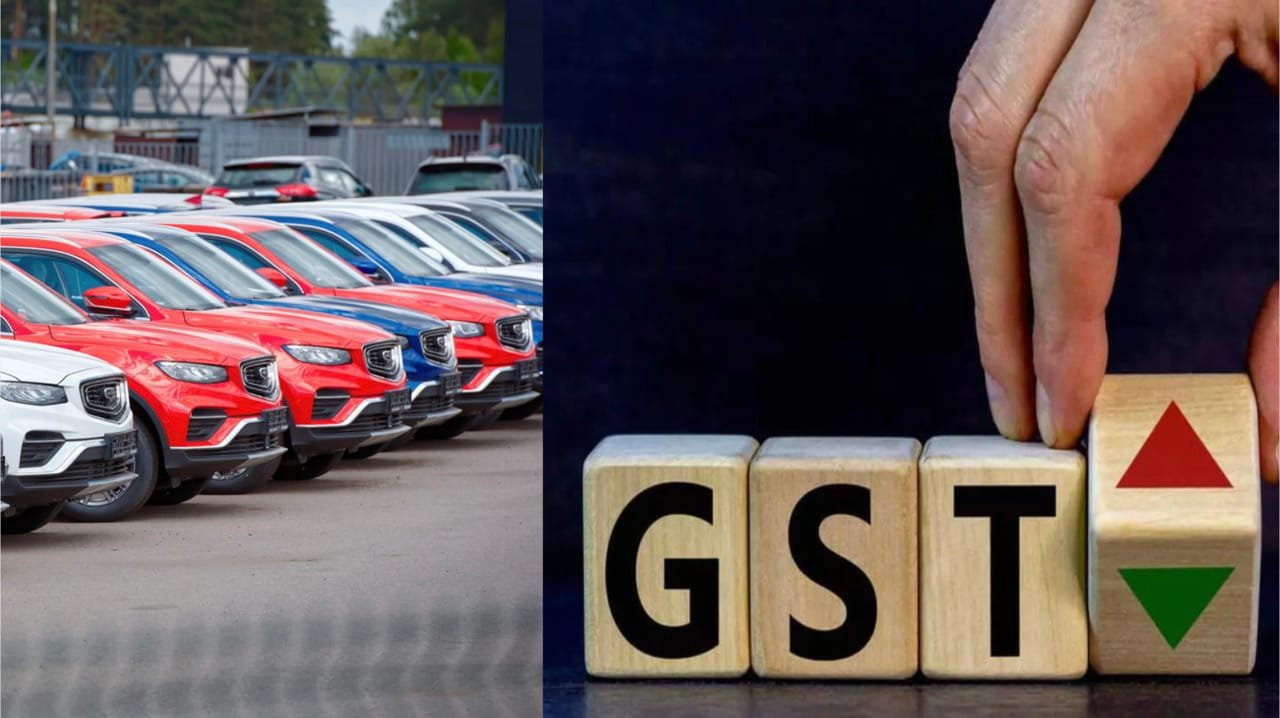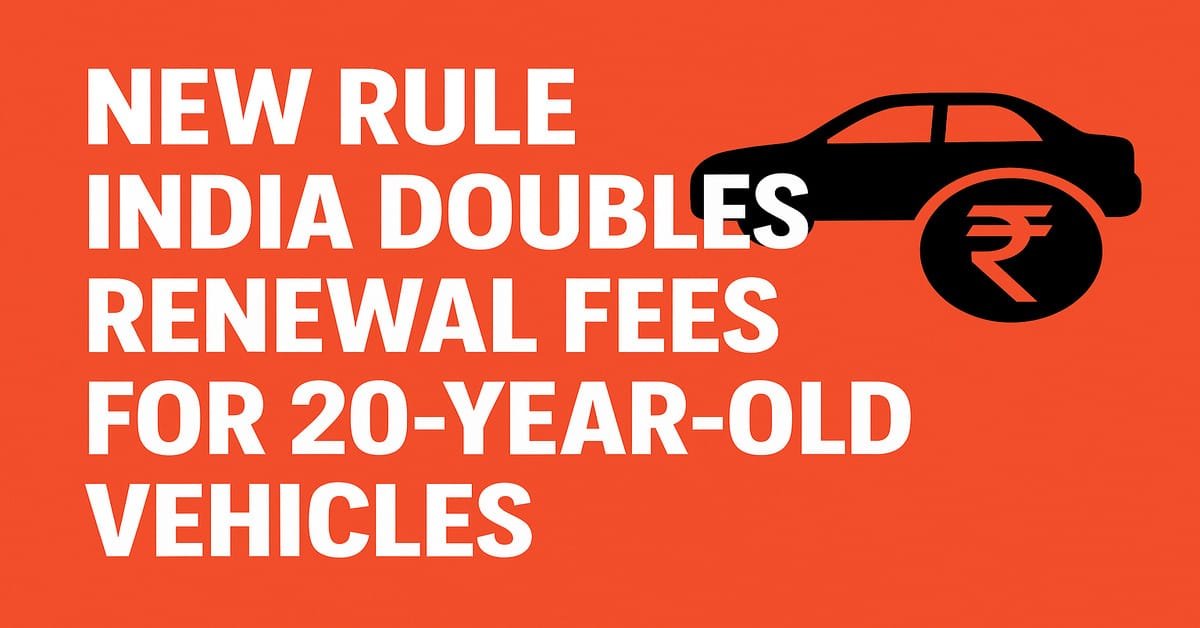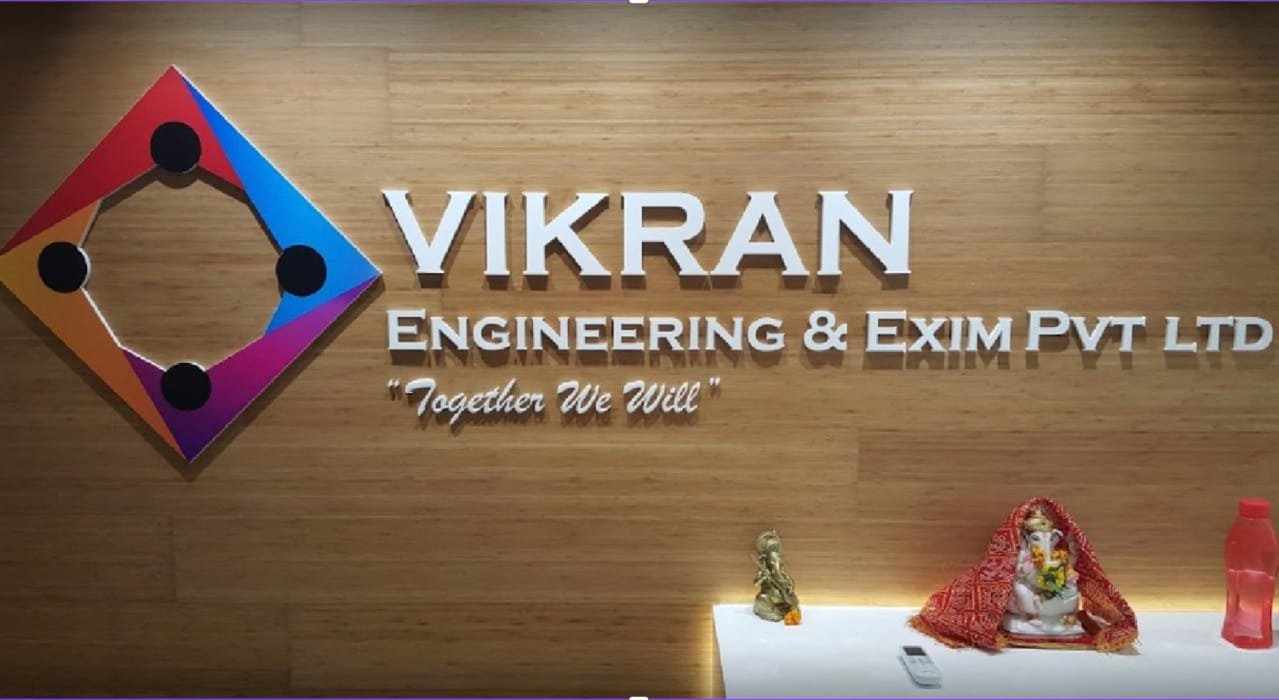The Indian automotive industry is on the cusp of a significant transformation, thanks to the government’s proposed Goods and Services Tax (GST) reforms. These changes, particularly a potential cut in GST rates, are expected to provide a much-needed boost to the sector, making vehicles more affordable for the average Indian buyer and potentially reviving demand. This strategic move aims to invigorate a market that has recently faced headwinds from subdued consumption and rising operational costs.
Proposed GST Reforms and Their Benefits
The most crucial aspect of the proposed reform is the reduction of GST on passenger vehicles and two-wheelers from the current 28% to an 18% slab. This reduction could translate into substantial savings for consumers. According to an HSBC report published on August 19, 2025, small cars could become approximately 7% to 8% cheaper, while larger vehicles might see a price drop of 3% to 5%. This is a welcome change from the current scenario where passenger vehicles attract a 28% GST along with a compensation cess that can push the total tax burden up to nearly 50%.
The new structure is expected to simplify tax slabs, potentially removing the 12% and 28% categories and retaining primarily 5% and 18%. Luxury cars, however, might be subject to a special GST rate of around 40%, potentially replacing the current higher cess-based taxation. Electric vehicles (EVs) will continue to enjoy the lower 5% GST rate without any compensation cess, maintaining their competitive edge. The revised tax structure for various vehicle categories is summarised below:
| Vehicle Category | Current GST + Cess | Proposed GST Rate | Expected Price Impact |
|---|---|---|---|
| Small Cars (petrol/diesel) | 28% + cess (varies) | 18% | Price reduction up to 7-8% |
| Luxury Cars | 28% + cess up to 22% (total ~50%) | Special rate ~40% | Price reduction 3-5% or maintained via extra levies |
| Two-Wheelers (≤350cc) | 28% GST, 0% cess | 18% | Price reduction expected, supporting demand recovery |
| Two-Wheelers (>350cc) | 28% GST + 3% cess | 18% | Price reduction expected |
| Electric Vehicles (EVs) | 5% GST, no cess | Unchanged | N/A |
Impact on Auto Sector Performance and Key Players
The announcement of the proposed GST cut on August 18, 2025, immediately sparked positive investor sentiment, leading to a rally in auto stocks. Major players like Maruti Suzuki, Hero MotoCorp, Bajaj Auto, Ashok Leyland, Eicher Motors, TVS Motor, and Mahindra are identified as potential beneficiaries. Some auto stocks saw gains of up to 9% following the news.
The need for this reform becomes clear when looking at recent sales data. While the overall Indian auto industry saw an increase in production and sales in May 2025 compared to May 2024, certain segments have struggled. According to data from the Society of Indian Automobile Manufacturers (SIAM), small car sales (excluding Utility Vehicles) experienced an 11.58% year-on-year decline, falling from 14,47,060 units in FY24 to 12,79,467 units in FY25. The entry-level motorcycle segment (engine ≤110cc) also remained flat at 56,57,125 units in FY25. Here’s a snapshot of recent performance:
| Month/Year | Production (vehicles) | Sales (vehicles) | Growth (YoY) |
|---|---|---|---|
| May 2025 (All Vehicles) | 2,582,207 | 2,012,969 | Production: up from 2,455,637 May 2024 Sales: up from 1,976,674 May 2024 |
| May 2025 (Passenger Vehicles) | 389,491 | 303,099 | Sales declined by 0.8% YoY |
| FY24 Small Car Sales (excl. UVs) | 1,447,060 units | ||
| FY25 Small Car Sales (excl. UVs) | 1,279,467 units (down 11.58% YoY) | ||
Despite these challenges, the broader outlook for the Indian light vehicle market remains optimistic. Forecasts from March 2025 suggest a 4% growth in 2025, with sales expected to surpass 5 million units for the first time, largely driven by new SUV and electric vehicle launches. This positive trend is further supported by the Reserve Bank of India’s (RBI) decision in 2025 to reduce its benchmark interest rate from 6.5% to 6.25%, which should encourage consumer spending and access to credit for vehicle purchases.
Government’s Perspective and Future Outlook
While the GST cut promises to be a boon for the auto sector and consumers, the government anticipates a trade-off. The tax cut on small vehicles is estimated to result in a GST revenue loss of USD 4-5 billion. However, the long-term benefits of stimulating economic activity and boosting employment in the auto manufacturing ecosystem are likely to outweigh this short-term revenue impact.
Overall, the proposed GST reforms represent a strategic intervention designed to revitalise one of India’s most significant manufacturing sectors. By making vehicles more accessible and affordable, the government aims to reignite consumer confidence and drive growth. This, combined with supportive monetary policies and the growing appeal of new vehicle segments like SUVs and EVs, paints a promising picture for the future of the GST impact on Indian auto sector.
Disclaimer:
The content provided on Equitywatch.in is intended solely for informational and educational purposes and is based on publicly available information. It does not constitute financial, investment, or trading advice. Equitywatch.in does not offer any advisory services or make recommendations to buy, sell, or hold any securities or financial instruments. Readers are strongly advised to consult a certified financial advisor before making any investment decisions. Equitywatch.in is not responsible for any financial losses or damages resulting from the use of or reliance on the information published on this website.









